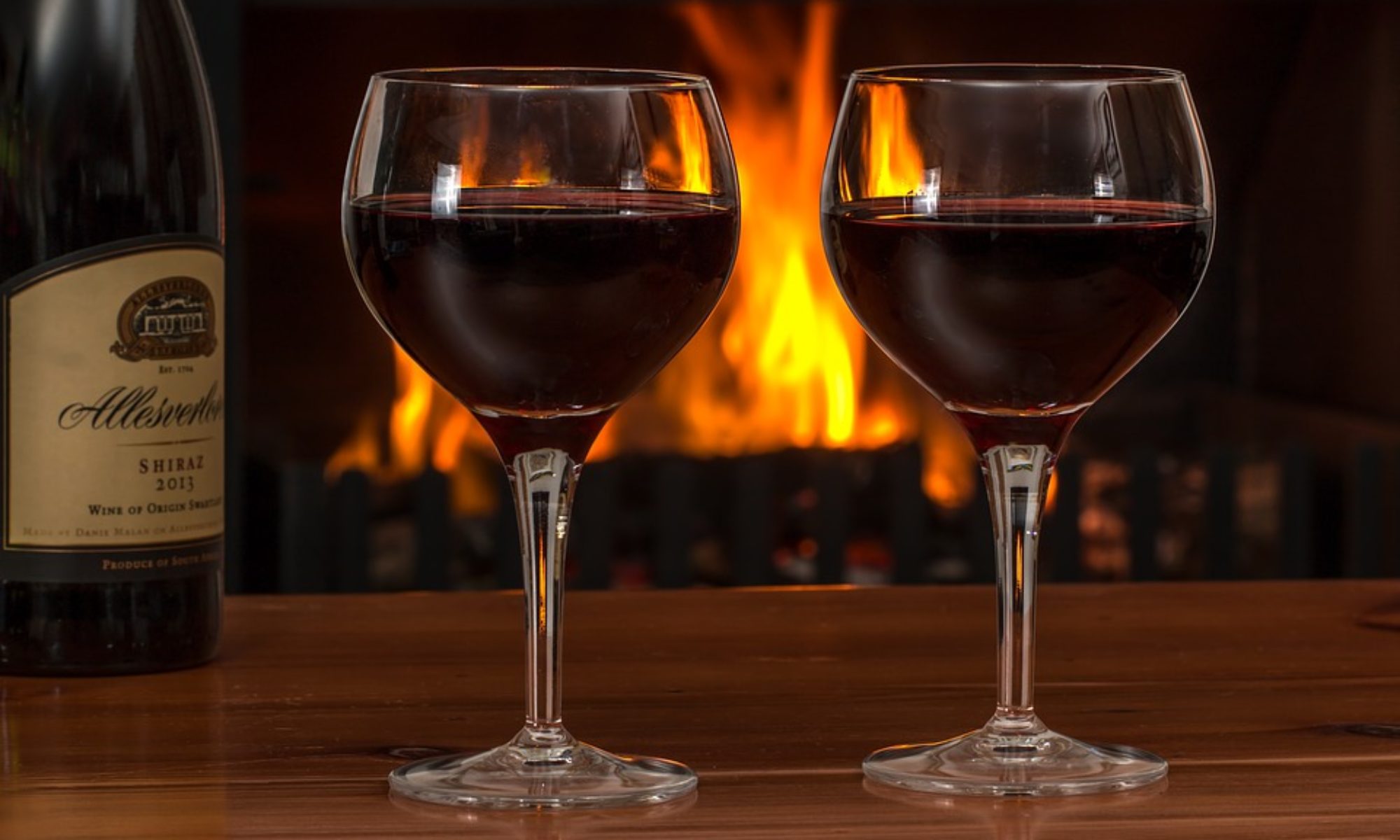The Guide to Pinot Noir Wine
By Maria Williams
Pinot Noir is a red wine grape that originated in Burgundy and it is one of the oldest wine spices planted in France. The name is derived from the French words pine and black, pine to describe tightly clustered grapes. Today, Pinot Noir grapes are all around the world. The first historic evidence is associated 2,000 years ago in the French region known as Pasco Robels – this was an ideal soil to produce tightly packed clusters. Some wine experts call it “heartbreak grape” because of the thin skinned grapes capable for early ripening with overwhelming flavour.
The thin skin of these delicate grapes requires diligent management as the balance of the wine can be easily destroyed by intervention. As one of the fines wines in the world, it is recognizable by cherry aroma mixed with strawberries. Soon after the wine ages it can bring the potential to develop “barnyard” aroma and savoury fleshiness with more fruit prominent and cleaner appearance.
The international success of the Pinot Noir as the most highly prized wine is typically evident during the late 1980`s and through the next couple of decades. The 1990`s showed an increase in the world production and sale in several wine growing regions of Australia, Austria, Canada and France. This wine is very fickle and can have quite a range of aromas, depending on the vintage and the earth where it`s grown. The major Pinot Noir produced in Burgundy is usually herbaceous with earthy aromas close to wet leaves. The wine in Germany tends to offer more sweet and fruit aromas which are quite different from Italian Pinot Noir where the climate is much cooler. Pinot Nero, as the Italians call it, tends to have more colour extraction and higher alcohol content.
Australians have identified Victoria and Tasmania as being cool enough for this wine. New Zealand is capable to produce the best Pinot outside Burgundy and certainly there are many fine examples of cooler regions in which the grape can develop interesting flavours. Often described as a difficult grape to deal with, wineries around the world are really passionate about its sensuality for the purpose of making wine. The popular image persist that this type od wine creates a long lasting impression in every person`s memory. The aroma is widely accepted as one of the most complex of all varieties starting with fruits enhanced with cinnamon and mushroom as common spiciness for identifying Pinot Noir. Most of the best Pinot Noirs are bottled under screw caps, which further highlights the fresh, clean fruit of these wines.
There is one component in which Pinot Noir seems naturally quite rich, 3-4 times higher compared to other varieties, especially when it is grown in chiller and more humid environments: resveratrol. While this may not affect the aspects of sensory enjoyment, it may draw the attention of health-conscious consumers.
Pinot Noir is not a simple wine. It is likely that it fascinates everyone by its greater complexity rich with dark fruit aromas and flavours.
If you are curious about how it tastes why don`t you take advantage and order a bottle of Pinot Noir wine from an online liquor store at extremely reasonable prices.
Article Source: http://EzineArticles.com/expert/Maria_Williams/2245620
http://EzineArticles.com/?The-Guide-to-Pinot-Noir-Wine&id=9491927
